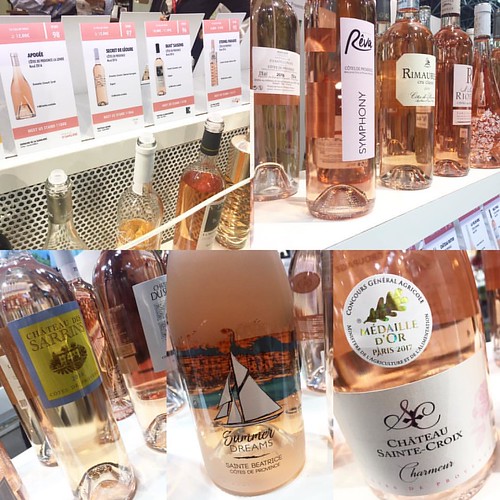hanol: distilled water gradient. Endogenous peroxidase activity was inactivated by incubation for 30 min in 0.3% hydrogen peroxide in 0.01 M phosphate-buffered saline (PBS). Slices have been then incubated for 15220 min in citrate buffer (pH 6.0) at 95uC for antigen retrieval, blocked with 5% normal goat serum in 0.01 M PBS for 15 min at 37uC, and incubated with major antibodies diluted in blocking option overnight at 4uC inside a humidified ” chamber. The following principal antibodies have been used: mouse anti-EGFL7 monoclonal antibody (Abcam, USA, 1:400) plus the pGPU6/GFP/ Neo (green fluorescent protein, neomycin) vector (Genepharma Firm, Shanghai, China) was employed for plasmid construction. The nucleotides had been annealed and inserted in to the BamHI and HindIII websites and transformed into DH5a-competent E. coli. Dual kanamycin/neomycin-resistant colonies were selected plus the vector sequences confirmed by restriction ” digestion and DNA sequencing. The EGFL7 cDNA encoding the 53321353 amino acid sequence was subcloned into a pEX-2 plasmid vector (Genepharma, Shanghai, China) by BglII/EcoRI double digestion and designated pEX-2-EGFL7. The recombinant plasmid was amplified in DH5a-competent E. coli and also the vector sequence amplified by PCR. DNA sequencing confirmed that the recombinant plasmid contained an EGFL7 gene fragment identical to that in GenBank (GenBank NO. NM_016215.3). Kanamycin/neomycinresistant colonies had been selected as well as the sequence confirmed by restriction digestion and DNA sequencing. All primers had been made and synthesized by  Genepharma (Shanghai, China).Right after cells reached 80%295% confluence, total protein was extracted applying cell lysate extraction buffer (Beyotime, China) containing protease inhibitor (1 mM phenylmethylsulfonyl fluoride). Lysate total protein concentration was determined working with a bicinchoninic acid protein assay kit (Pierce Biotechnology, Rockford, IL, USA). Equal amounts of protein (25 mg) from each and every therapy group have been separated per gel lane by 8% sodium dodecyl sulfateolyacrylamide gel electrophoresis (SDS-PAGE) and “
Genepharma (Shanghai, China).Right after cells reached 80%295% confluence, total protein was extracted applying cell lysate extraction buffer (Beyotime, China) containing protease inhibitor (1 mM phenylmethylsulfonyl fluoride). Lysate total protein concentration was determined working with a bicinchoninic acid protein assay kit (Pierce Biotechnology, Rockford, IL, USA). Equal amounts of protein (25 mg) from each and every therapy group have been separated per gel lane by 8% sodium dodecyl sulfateolyacrylamide gel electrophoresis (SDS-PAGE) and “
2557965
“transferred to polyvinylidene difluoride (PVDF) membranes (Millipore, Billerica, USA). The membranes had been sequentially incubated with blocking buffer consisting of Tris-buffered saline (TBS) containing 5% nonfat dry milk for 2 h at area temperature then overnight at 4uC within this identical buffer with among the following primary antibodies: anti-EGFL7 (1:500; Abcam Cambridge Science, UK). anti-E-cadherin, anti-vimentin, anti-Snail (all at 1:1000; Cell Signaling Technologies, CST, USA), anti-GAPDH (1:10000, Protech), anti-EGFR, anti-phospho-EGFR, anti-AKT, anti-phospho-AKT, anti-ERK, and anti-phospho-ERK (all 1:800, Anbo Biotech Co., Ltd., USA). Immunolabeled membranes have been then incubated with a HRP-conjugated secondary antibody (1:2000, Immunology Consultants Laboratory, Inc., USA) for 2 h at room temperature. Right after washing with TBST, protein bands were visualized utilizing the enhanced chemiluminescence detection technique (Advansta BMS-299897 Corporation, Menlo Park, California, USA) in accordance with the manufacturer’s directions. Expression of GAPDH was employed as a loading handle and proteins quantified working with UTHSCSA Image Tool 3.0. Target protein expression was calculated because the band intensity ratio of the target protein to GAPDH.Cells were lysed in TRIzol reagent (Invitrogen, Carlsbad, CA, USA) and total RNA was prepared based on the manufacturer’s instructions.PCR amplification was performed at 94uC for 5 min, follo